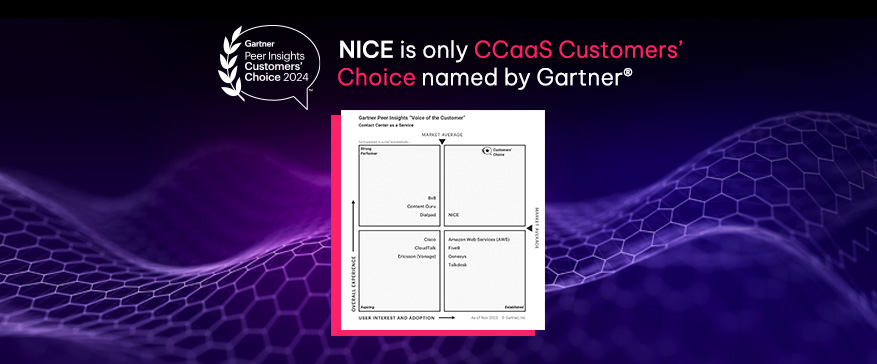From RPA to Hyperautomation: Strategies and Tools for the Best Business Outcomes
The Role of Process Discovery in RPA
The Benefits of Process Discovery
- Cut costs by reducing variations and the errors that lead to unnecessary costs and rework.
- Pinpoint the processes to automate to maximize the bottom line.
- Eliminate the guesswork in identifying a process to automate, mapping how it is done and designing the automation workflow. This improves quality and performance while removing human bias.
- Find process sequences or variations that are not obvious to the human eye.
- Increase visibility of ownership for specific steps in the process.
- Maximize the ROI of robotic process automation, including the ability to:
- Increase throughout (robots are four to five times faster than humans and can work around the clock).
- Ensure compliance (robots can work with 100% accuracy, and RPA can help companies uncover non-compliant interactions and take action more quickly).
- Increase employee engagement (by freeing employees to work on higher-value tasks rather than repetitive work).
- Reduce costs (robots can do the work of 100 people).
- Scale as needed (not only in terms of the type of task to be automated but also the number of tasks required for any given goal).
Challenges Associated with Process Discovery
- Identifying the right level of detail, including understanding when rare occurrences are important and when they can be overlooked.
- Utilizing incomplete data, which can prevent the organization from uncovering process variations.
- Relying on historical data, which means process discovery can fail to identify things that could potentially take place.
- Getting the right people involved, including stakeholders from across the organization who are involved in the process.
How Process Discovery Differs from Process Mining
- Discover process models (e.g., create a new, optimized map of what a process should look like).
- Compare an actual process to an ideal process.
- Better understand an existing model with new information (i.e., performance or cost).
- Bias: Process discovery is based on empirical data; process mining is subject to human bias.
- Compatibility: Process discovery is compatible with most software applications; process mining is not compatible with all software applications.
- Data: Process discovery captures task-level data; process mining captures system-level data.
- Integration: Process discovery enables easy automation from mapped data; process mining requires additional integration with RPA.
- Monitoring: Process discovery continuously monitors processes to ensure real-time analysis and enable rapid retraining in case of changes in the process; process mining does not.
- Timeline: Process discovery can be completed in a few weeks; process mining can take several months.
- Workflows: Process discovery enables functional automation workflows; process mining does not.
How to Choose Between Process Discovery and Process Mining
- Do you want to integrate the results with your RPA initiatives? Process discovery enables easy automation, while process mining requires additional integration with RPA.
- Do you need to identify invisible processes as well as the visible ones? Process discovery sheds light on the things users do that diverge from established processes.
- Are you looking for actionable insights? Process discovery not only captures how users perform processes but also provides the information needed to implement changes that will have the greatest impact on the organization.
- Do you want to build an ideal business process model that can make existing processes more efficient? Process mining may be the best fit.








